Subscriber Benefit
As a subscriber you can listen to articles at work, in the car, or while you work out. Subscribe Now
Open-air corners or an enclosed bowl? A continuous canopy or separate roof sections? Traditional metal detectors or state-of-the-art scanners? What kind of seats? And what about the playing surface?
Those are just some of the countless design considerations leaders of the city’s convention and stadium authority will have to make alongside a would-be ownership group if a Hogsett administration plan for a Major League Soccer stadium succeeds.

While that process is still in its infancy, some of those questions are already on the mind of Andy Mallon, executive director of the Capital Improvement Board. The government agency owns Lucas Oil Stadium, the Indiana Convention Center and Gainbridge Fieldhouse, and it might own a soccer-specific facility in a few years.
Mayor Joe Hogsett announced April 25 that Indianapolis will pursue a Major League Soccer franchise and take steps to build a stadium to support a team. And Hogsett has asked the City-County Council to approve a taxing district for a stadium that would sit at or near 355 E. East Pearl St. on the east side of downtown, on the site of the Indianapolis Downtown Heliport.
It’s a site that appears to be just big enough to handle the footprint of a stadium and at least some associated development—although it might be a squeeze. And that’s assuming the city is able to acquire land now owned by others, including the Simon family and AES.
The Hogsett administration has been working with a North Carolina professional sports executive named Tom Glick to put together an ownership group that would apply for a franchise. Neither Glick nor city officials have identified any of those potential owners.
Mallon told IBJ a design partner for a stadium won’t be hired until that ownership group comes together. And those potential owners are unlikely to commit unless the Indianapolis City-County Council approves Hogsett’s proposed stadium district, which would divert state and local tax revenue to pay for the stadium.
Council support is far from assured, but if the district does pass and an ownership group solidifies, Mallon said, the city will work closely with those owners to design a facility that meets MLS standards and builds on them, drawing inspiration from many of the 11 top-tier soccer venues that have opened across the United States since 2017. That list includes the 30,000-seat Geodis Park in Tennessee where Nashville SC plays, the 26,000-seat TQL Stadium that is home to FC Cincinnati and the 22,500-seat CityPark where St. Louis City SC plays.
“Certainly, companies are reaching out, wanting to design it,” Mallon said. “But that decision is one we’ll make with the ownership group once it’s formed.”
The city would likely contract with a major studio like HOK, HNTB or Gensler to complete large portions of the design work, because no local firms have experience working on Major League Soccer facilities. Even so, Mallon and others said Indianapolis can start taking plenty of notes and doesn’t have to look far. St. Louis and Cincinnati have opened stadiums in the past few years with wildly different aesthetics and approaches.
In the neighborhood
In St. Louis, the $461 million CityPark stadium is about 1-1/2 miles west of The Gateway Arch and is part of a 32-acre complex that includes the team’s offices and training facility. The stadium design is minimalistic and sleeker than any other MLS facility, featuring open-air corners, rather than wraparound seating, as well as separate roof structures that cover a majority of the stands.
That design, St. Louis City SC officials told IBJ, offers extensive views of the St. Louis skyline as well as airflow throughout the facility. The venue, which opened in 2022, features 28 suites and three club spaces, as well as concession options that focus almost exclusively on local cuisine. The stadium, which has a full main concourse and an upper concourse that wraps around its northern and eastern sides, is also heavily focused on sustainability, with recycling and composting bins throughout the building.
“I think from afar you see a lot of these new stadiums, and they’re all the same shape,” said Matt Sebek, chief experience officer for St. Louis City SC. “But you get inside, and there’s a texture to all of them, and they all feel so different. Our focus is on civic pride, and that’s where the local music, local food, all of it, comes from.”
CityPark also features quick entry options for fans. It uses Evolv Technology scanners that generally don’t require visitors to remove items from their pockets when going through security.
So far, the venue has not hosted non-soccer events, such as concerts, and has no plans to do so, officials said.
In Cincinnati, where team owners spent $250 million to build TQL Stadium in the city’s West End neighborhood in 2021, the facility has a much different appearance. Where St. Louis has open-air corners, FC Cincinnati’s venue is enclosed and covered by a 360-degree canopy.
TQL Stadium features nearly 60 suites, the most of any MLS stadium, and four premium ticketing areas. Among the numerous high-end spaces are two party suites—one for large corporate groups and another to accommodate anyone interested in buying a ticket. Like CityPark, the stadium has an extensive standing-room fan section and local concessions choices.
TQL Stadium has only one concourse, instead of the two in St. Louis. The upper seating levels in Cincinnati have no bathrooms or concessions, so fans must go down to the concourse.
Extensive private development has already grown up around St. Louis’ stadium, most of it not affiliated with the MLS franchise.
In Cincinnati, Lion Ventures, a development subsidiary of FC Cincinnati, is in the early stages of building apartments, a hotel, retail and office space as part of a two-phase mixed-use project next to the stadium. But its team facilities are in Milford, a suburb on the other side of the city. TQL Stadium, which is owned by the Port of Greater Cincinnati Development Authority and operated by the team, is also used for concerts and features a unique architectural design that allows a beam to be removed to give trucks direct field access for loading and unloading equipment.
There are similarities between the two venues, as well. Both St. Louis and Cincinnati offer a pitch-level (or field-level) club space that gives ticketholders a seat next to the action—similar to the end-zone suites at Lucas Oil Stadium but at the center of the field—as well as access to a club from which they can see the players take the field and later head back to the locker rooms. That type of premium space has become standard across MLS in recent years, experts told IBJ.
A limited-access club occupies a large portion of the west-side concourses in each building, meaning patrons trying to get from one side of the club to the other must either walk all the way around or take a narrower path that wraps behind each club. Each facility also uses the SeatGeek ticketing platform, which they each adopted shortly before the league switched over to Ticketmaster, the platform used by Indianapolis’ major sports venues.
In addition, the stadiums in St. Louis and Cincinnati both use massive grow lamps to ensure their grass playing surfaces remain healthy, even in cold months.
Learning from the past
Mallon, the city’s corporation counsel before he moved to the CIB in 2019, said while he and other city leaders have toured multiple soccer-focused venues over the years, including the home of Nashville SC, he expects more research is around the corner if the City-County Council moves forward with a taxing district.
The city has made few decisions about what kind of stadium it would seek to build. But there are a few must-haves, Mallon said.
The stadium would need to be oriented north-south, a standard Major League Soccer requirement, to avoid direct sunlight in goalkeepers’ eyes.
It would also need features that make it eligible to host international soccer matches, which generally require a roof over the stands that leaves the field open to the elements and seats in the fan section that can otherwise lock for standing-only crowds.
Mallon said the CIB would also take its cues from experience designing Lucas Oil Stadium, Victory Field and both the original construction and recent $400 million revamp of Gainbridge Fieldhouse. On each, the agency worked closely with team owners to meet league standards and offer unique elements.
“Because it’s a public project and publicly owned, that’s the way it should be—where we are in lockstep and cooperating through it all to make sure that we have … gotten the best results,” Mallon said.
And he said while the city could take some inspiration from European soccer clubs, he doesn’t expect there to be room—either physically or in the budget—to take on some of the more elaborate overseas designs. He pointed specifically to Real Madrid, which can store its soccer pitch underground when the weather is too cold or the venue is hosting other events.
“There are some amazing things that I know European stadiums do that MLS just isn’t to the point where it’s making the money to pay for those sorts of things,” Mallon said. “We have to work within the parameters of what’s feasible for the city.
“That’s the benefit of having the public-private partnership and cooperation in the design: We … want them to be as successful as possible. But then, we’re there to manage the contracting and the budget so we can deliver something that doesn’t put the taxpayers at greater risk.”
While local-government involvement in the design of sports facilities isn’t unusual, particularly where public funds are at stake, the city of Indianapolis’ role might be more extensive than that of other cities’ officials.
In both St. Louis and Cincinnati, the stadiums were largely privately funded, although the MLS teams received some public dollars for associated infrastructure. As a result, the teams drove design conversations, with each city offering input and final approval to ensure the plans fit with the surrounding area.
Uncertainty ahead
In addition to securing a funding mechanism for a stadium, the administration has numerous other hurdles to clear before the city could land an MLS franchise and move forward with a stadium. Among the most important is finalizing an ownership group that is committed to securing an MLS franchise and a commitment from the league itself.
Both the MLS and potential owners are likely to be motivated by an Indiana law that authorizes heavy public funding for a soccer stadium.
Under that law, approved in 2019 and tweaked two years later, as much as 80% of the cost of a soccer stadium can be funded through a designated taxing district. The law requires at least 20% of construction to be paid by ownership.

The city has already approved one such taxing district, which was meant to support construction of a soccer stadium for the Indy Eleven, a professional soccer team that plays for the lower-tier USL Championship league. Indy Eleven founder and majority owner Ersal Ozdemir lobbied lawmakers for years to pass the stadium funding law and then purchased the Diamond Chain site for the stadium and adjacent Eleven Park mixed-use district.
Under Ozdemir’s plan, Eleven Park—which was to include a hotel, office space, retail and apartments—would have helped generate tax revenue to pay off the stadium bonds.
City officials had been working with Ozdemir and his development company, Keystone Group, to finalize the stadium plan and incentives for the district. But city officials cut off those talks this spring after they say it became apparent the project would be too risky for taxpayers—which Keystone officials vehemently deny.
In the meantime, city officials had started talking to Glick, and Hogsett flew to New York to meet with MLS Commissioner Don Garber, who Hogsett said signaled interest in Indianapolis as the location of a franchise. That led the Hogsett administration to propose the heliport area as a possible stadium site, one that would require the City-County Council to approve the new tax district.
The council plans to consider the measure June 3; it’s not clear how many councilors will support it.
City sources have told IBJ the plan for MLS—and in particular the finalization of an ownership group for the team—essentially hinges on council approval of the new PSDA taxing district.
That’s because the administration sees too many challenges with the Diamond Chain site. And sources told IBJ the city views the heliport site as the only feasible alternative.
But the city has not yet acquired the land it would need for that project. According to an IBJ analysis, the land the city is looking at for the site—generally bounded by Alabama Street, East Washington Street, South East Street and the CSX railroad lines—totals 15.66 acres. That includes public roads and rights of way.
The Indianapolis Airport Authority owns the heliport site but has an agreement with the city that allows the property to be sold at market rate and developed. The stadium project also would rely on several parcels now used for parking, including a lot at 101 S. Alabama St. that was recently purchased by the Simon family.
Mallon said the city should be able to cobble together enough acreage for a stadium and ancillary development. Most MLS soccer stadiums use 10 to 15 acres, depending on land configuration.
Observers expect the stadium would be built mostly on the parking lot, a 5.16-acre parcel a Simon-owned company acquired for $10.5 million last month, and on a smaller parcel owned by AES, which houses a power substation. The portion of the heliport site west of East Street is 3.6 acres, and that site would likely play a role in the stadium’s construction, as well.
“I think there’s certainly enough real estate there for the stadium footprint, which is the primary concern,” Mallon said. There’s also room for ancillary development “depending on what the ownership group wants to do in building surrounding development.”
The CIB, he said, doesn’t plan to invest in other developments.
For its part, Keystone Group has touted Eleven Park as a shovel-ready site—assuming the city were to return to the table for negotiations. Keystone had been working with Kansas City, Missouri-based Populous and Indianapolis-based Browning Day to design a stadium along the White River, the western property line for the Diamond Chain site.

“Indy Eleven, Keystone, and its consultants are well-prepared to move forward with building Eleven Park. Schematic design and development design for the stadium are complete and we can begin bidding as early as next month with construction estimated to begin in July,” Alexandra Miller, a spokesperson for Keystone, said in written remarks.
She said Keystone worked closely with Hogsett and the CIB to tour several MLS stadiums “to ensure we exceed MLS expectations” and that the company worked on a rigorous request for proposals process to procure its design team, including hiring national firms with stadium-specific expertise.
“Eleven Park remains the fastest route to MLS and a riverfront soccer-specific stadium in downtown Indianapolis,” she said.
Keystone officials said the Eleven Park stadium design would be a hybrid of open-air and closed designs, with room for additional seating to increase the venue’s planned seating from 20,000 to 25,000.
Current plans include 23 suites and up to five club and premium spaces. Like the St. Louis City SC and FC Cincinnati stadiums, Indy Eleven’s plans include a field club that gives ticketholders up-close interactions with players and staff.
Mallon said he doesn’t expect the city to fast-track its efforts on the MLS-focused stadium if the tax district is approved. He said it takes at least three years to design, build and open a stadium but that this particular project would likely take longer because the city would need time to thoughtfully design a stadium with the ownership group.
“I understand there’s a lot of questions, but I don’t anticipate … bringing a bond package to the council in 2024,” he said. “We need to have negotiated all of this and have a really solid design, which takes time.”•
Please enable JavaScript to view this content.



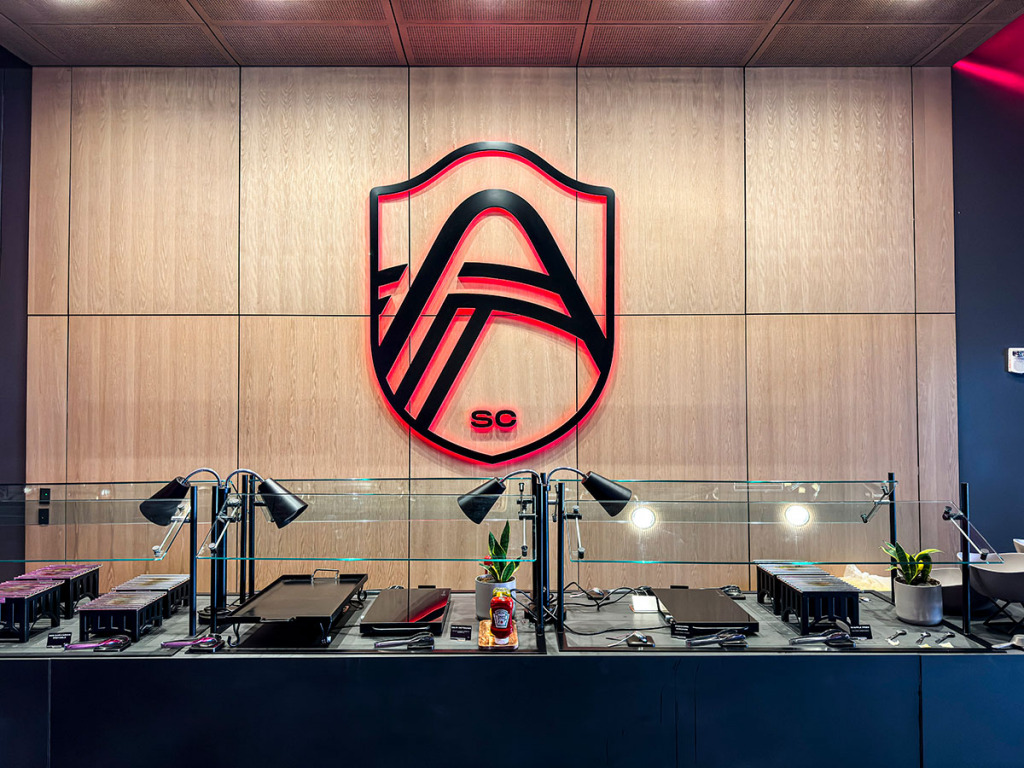

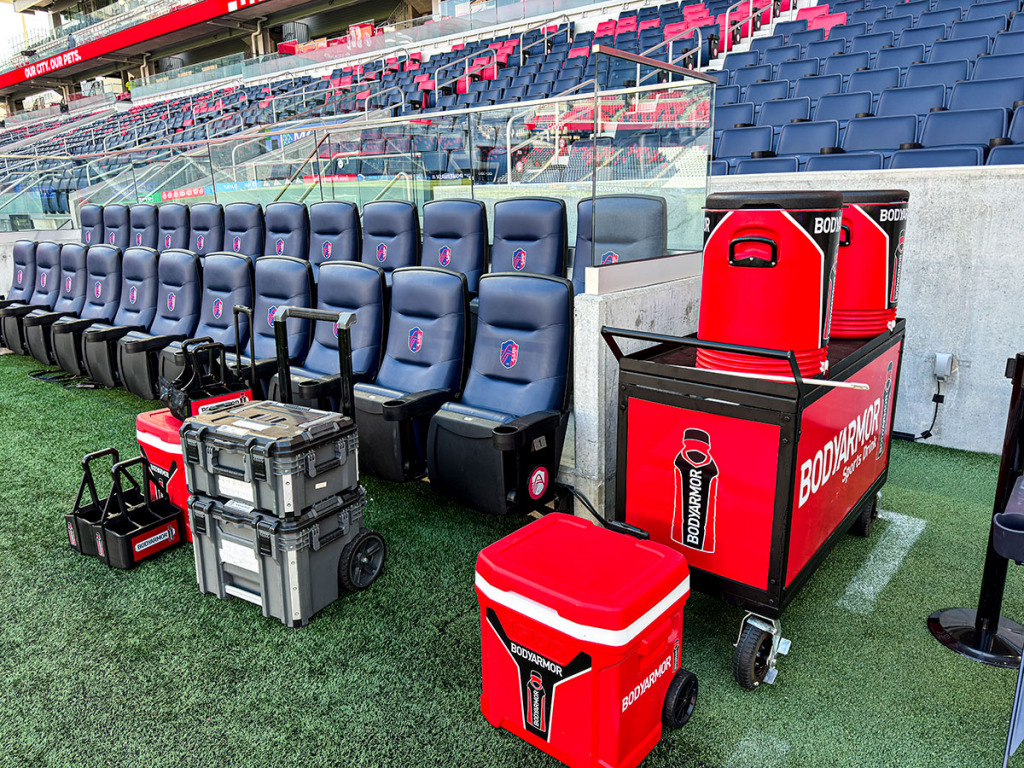
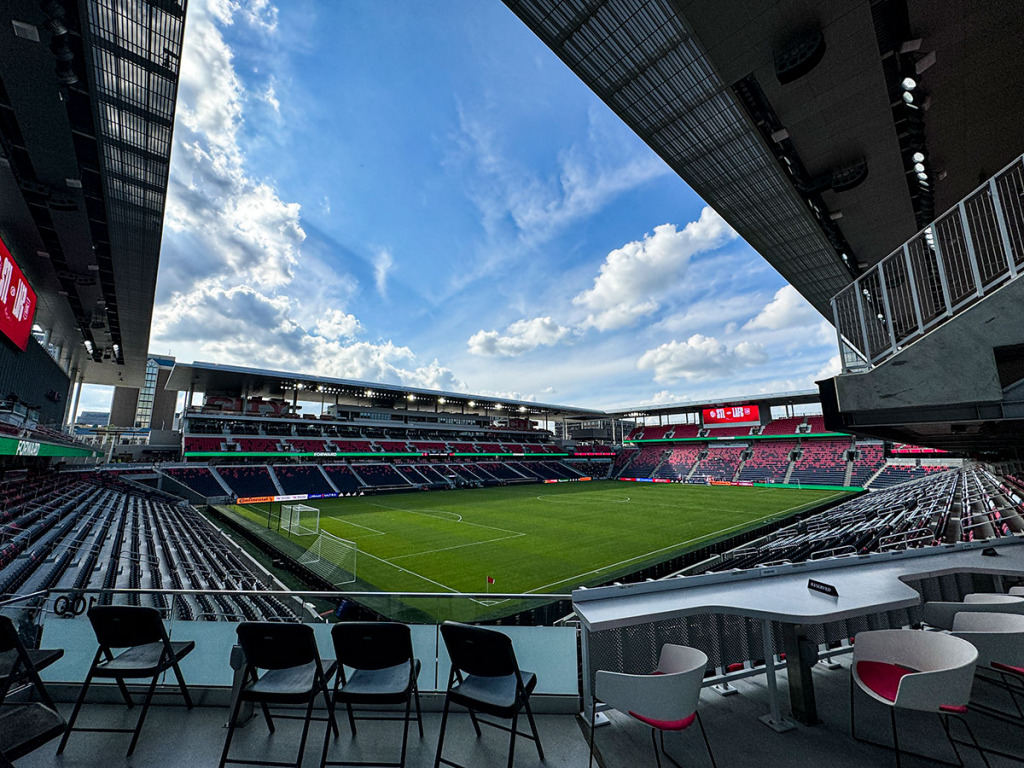
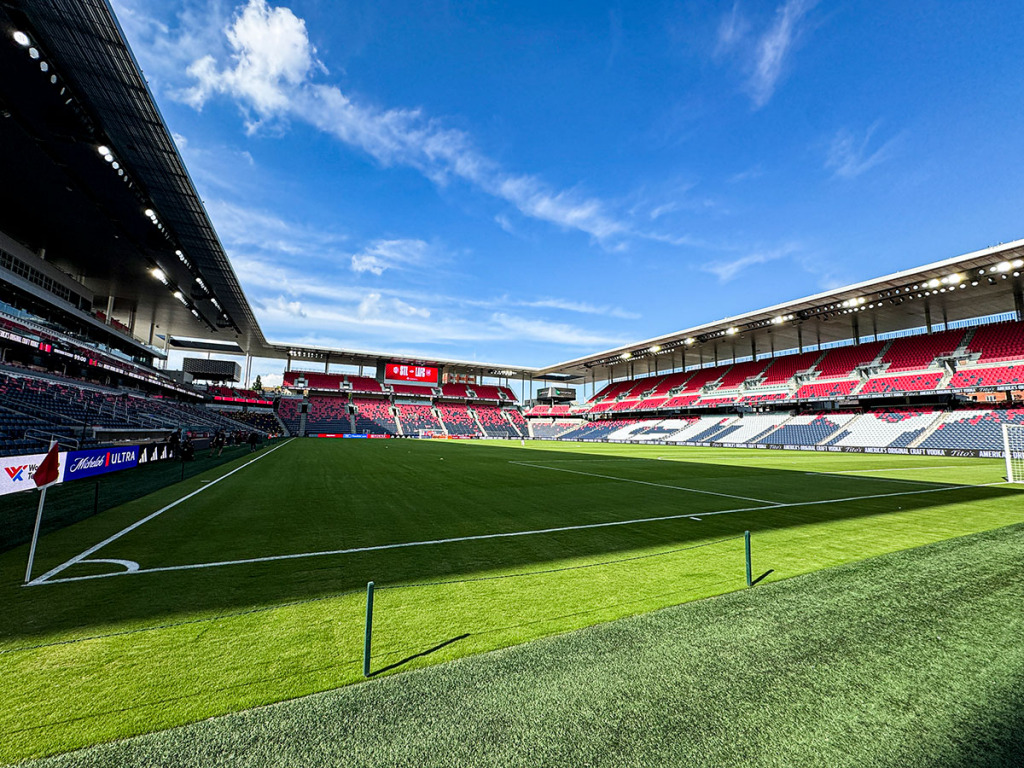
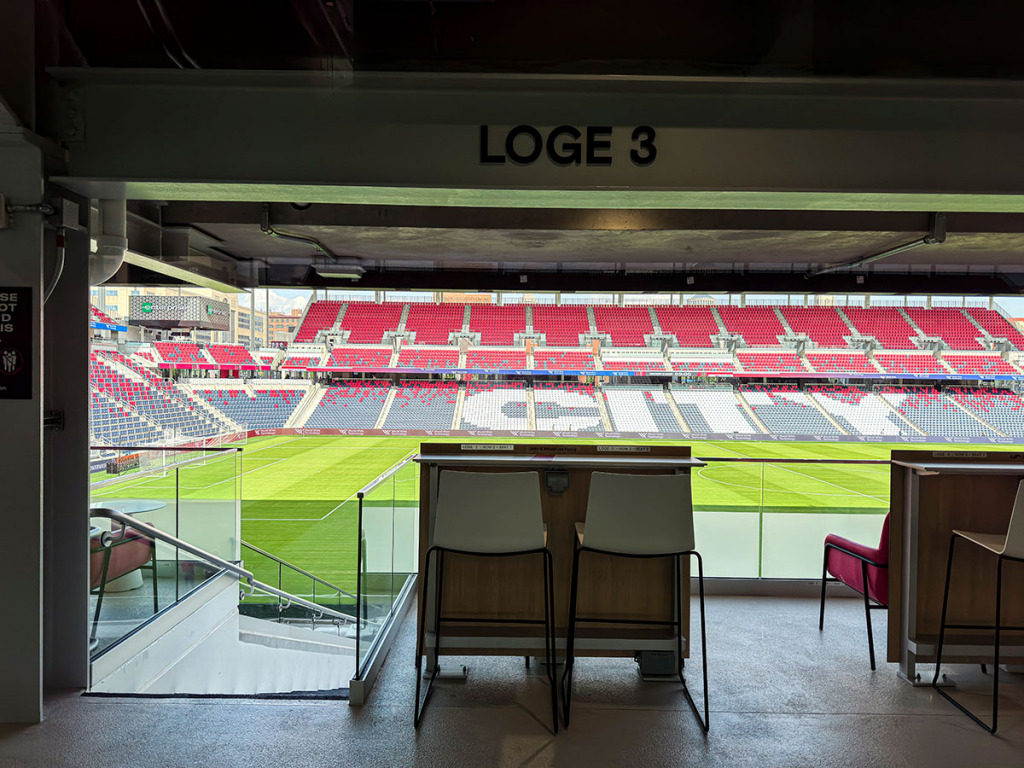
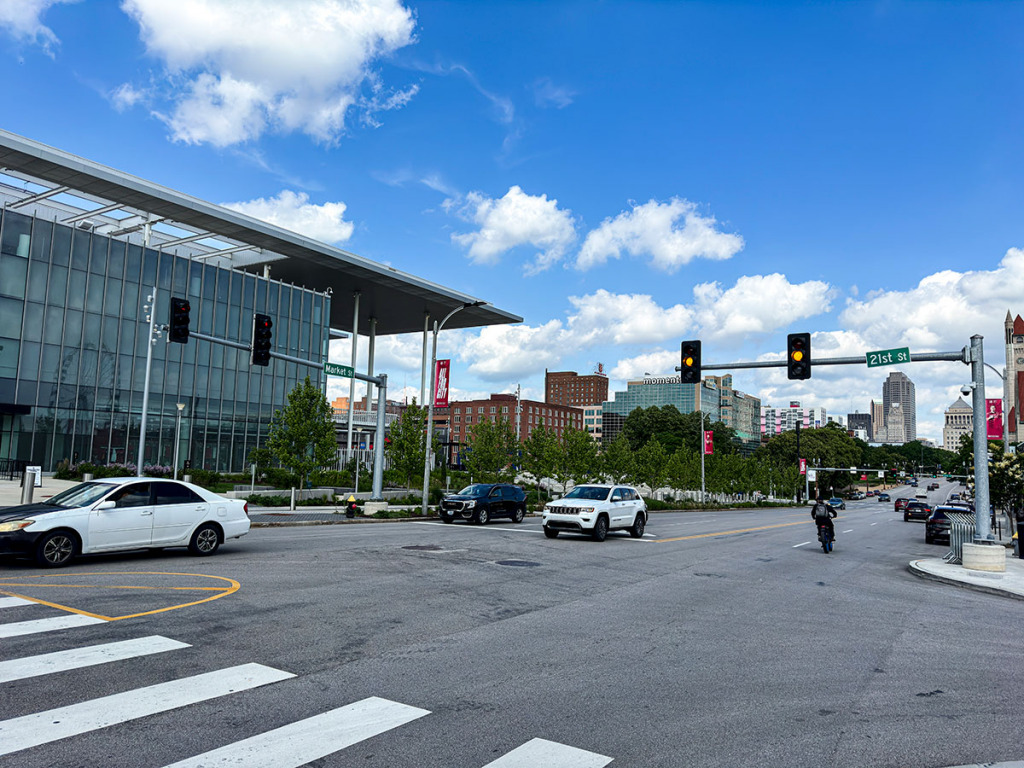



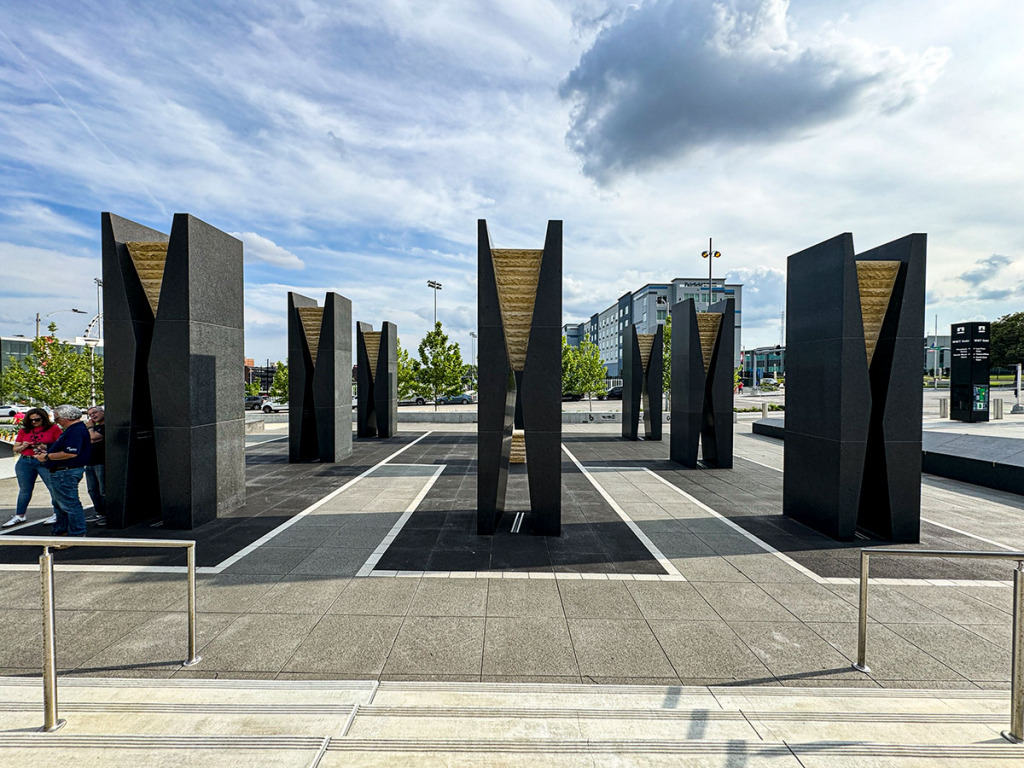
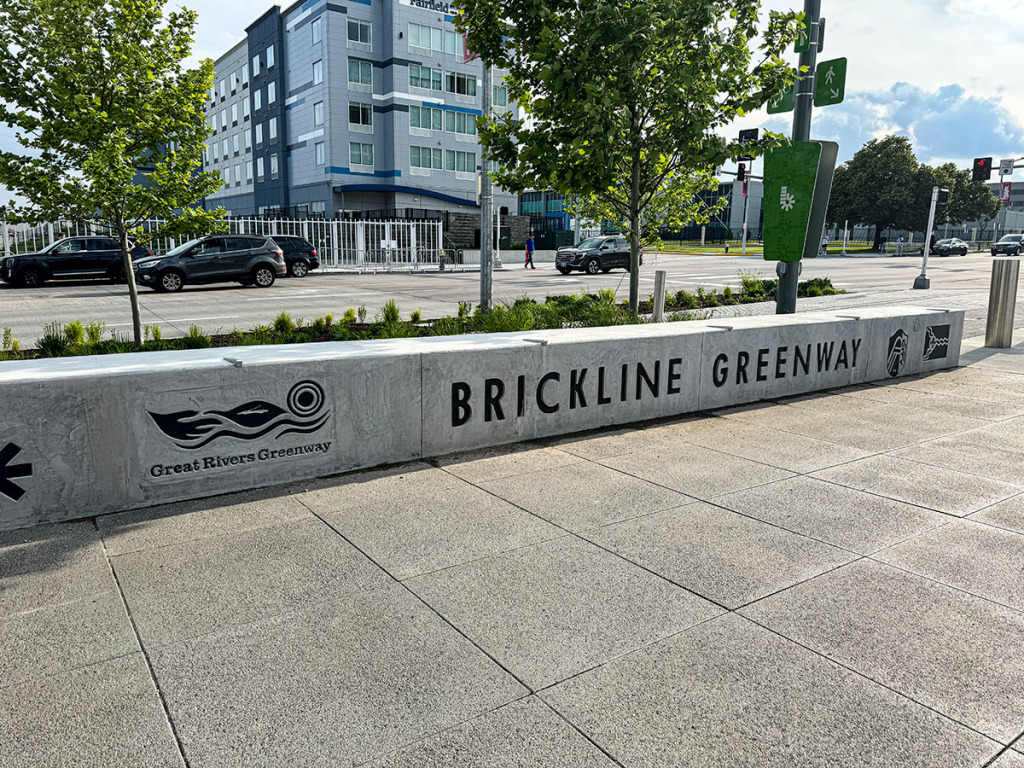
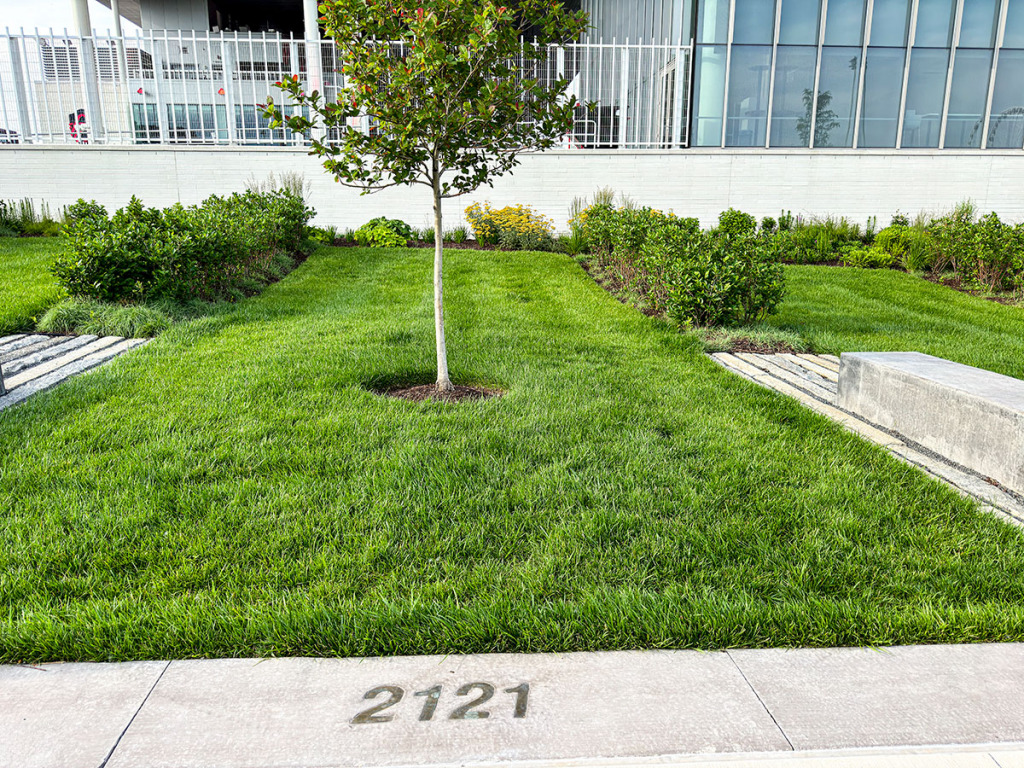
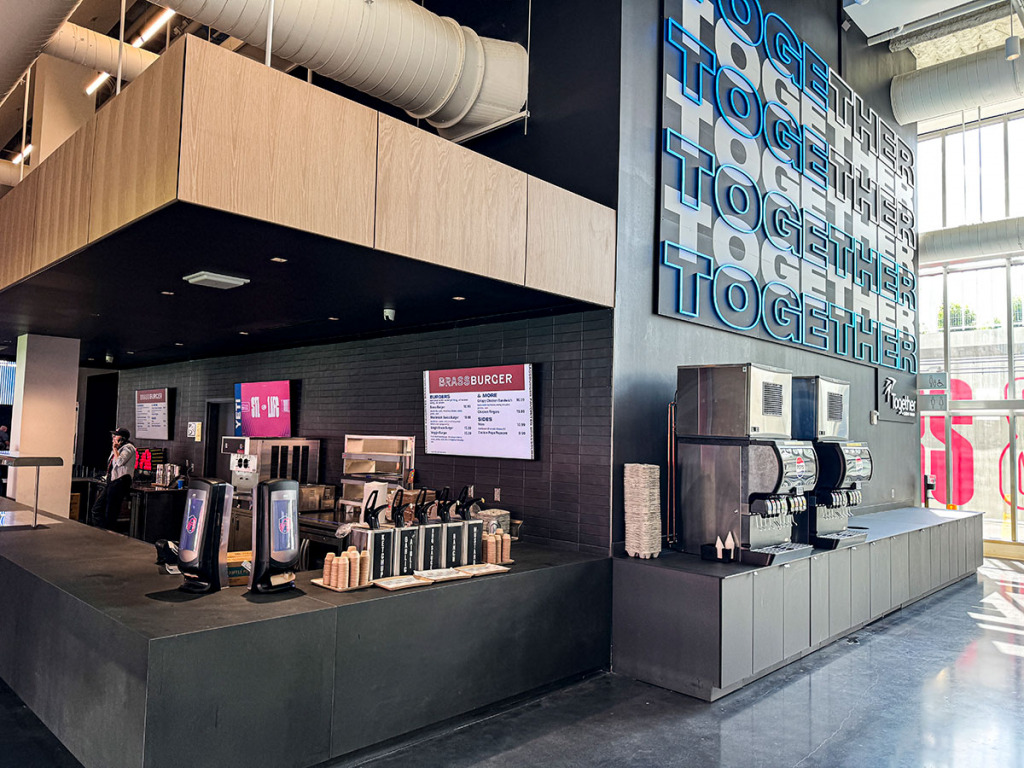
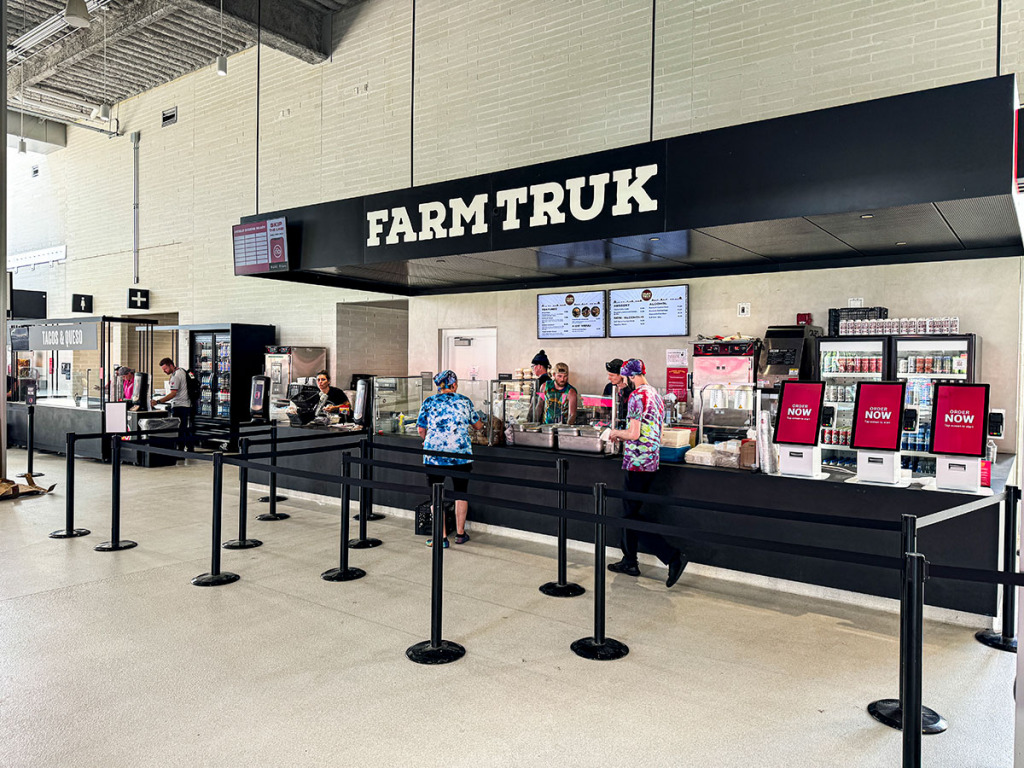
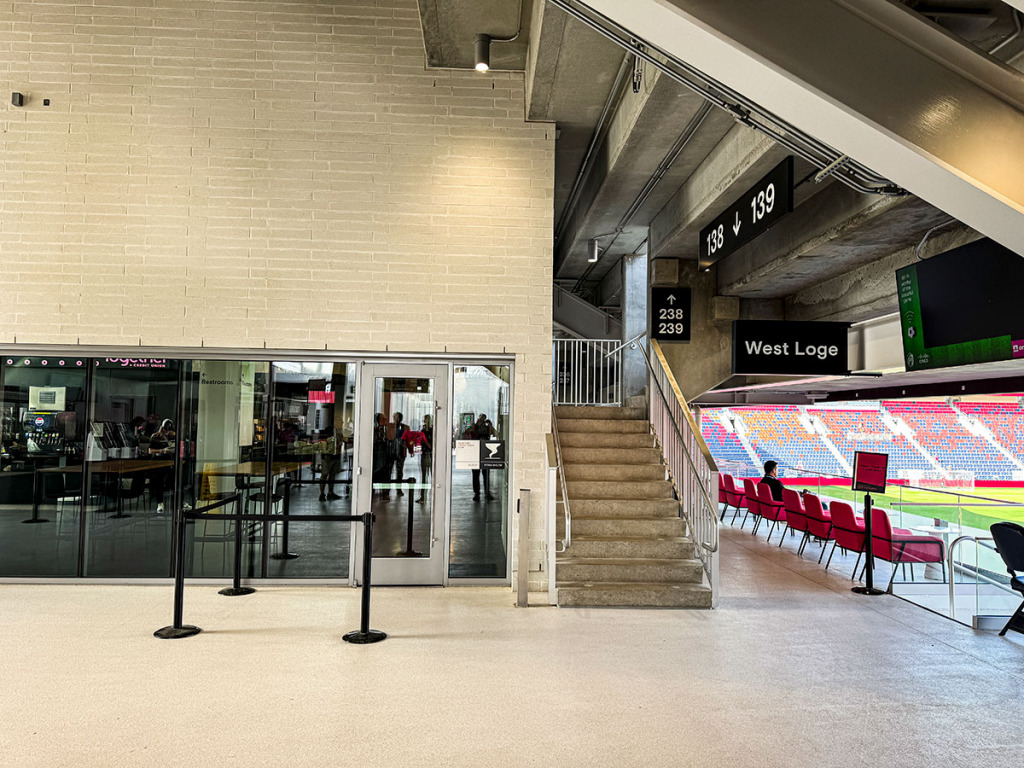
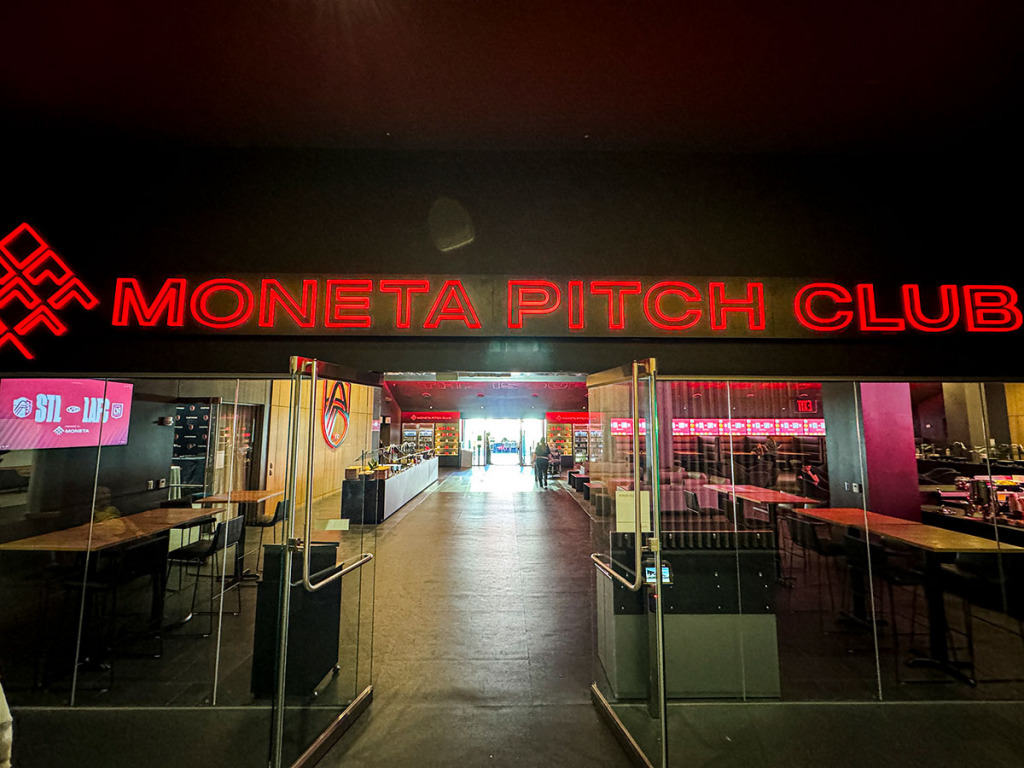
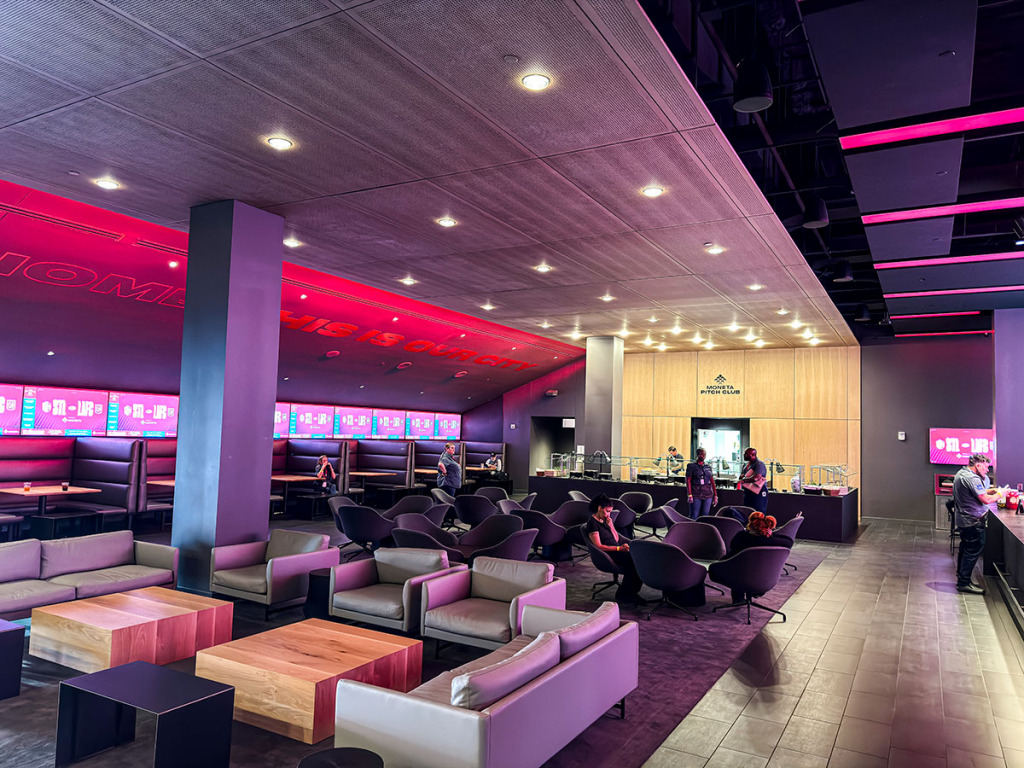
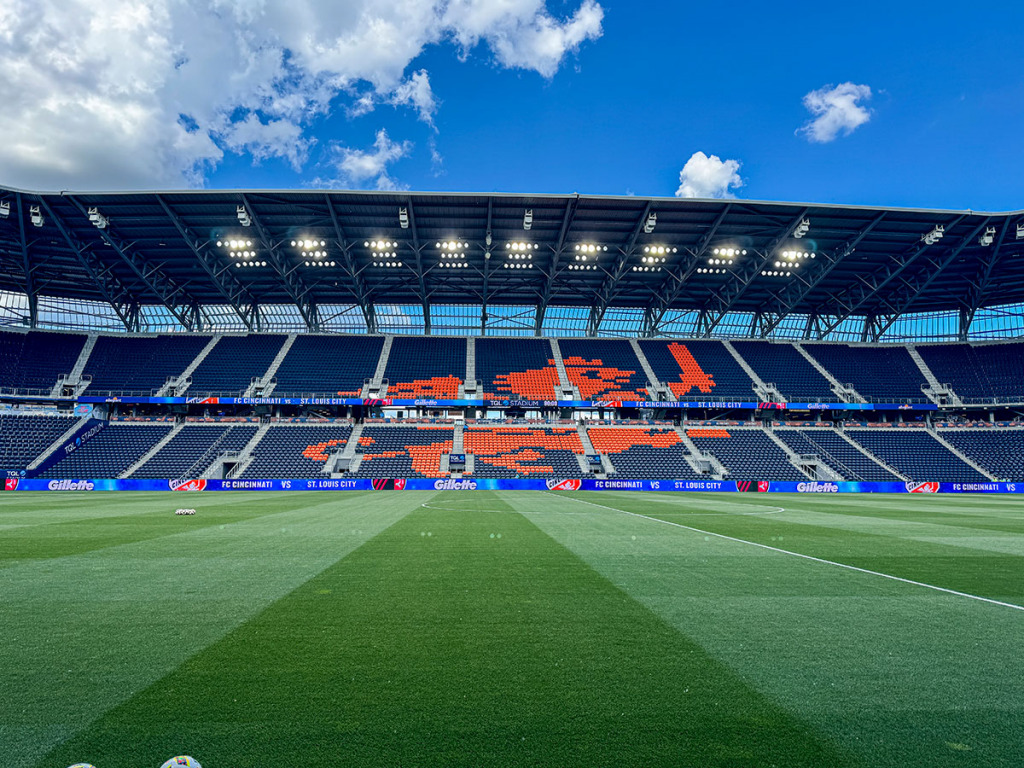

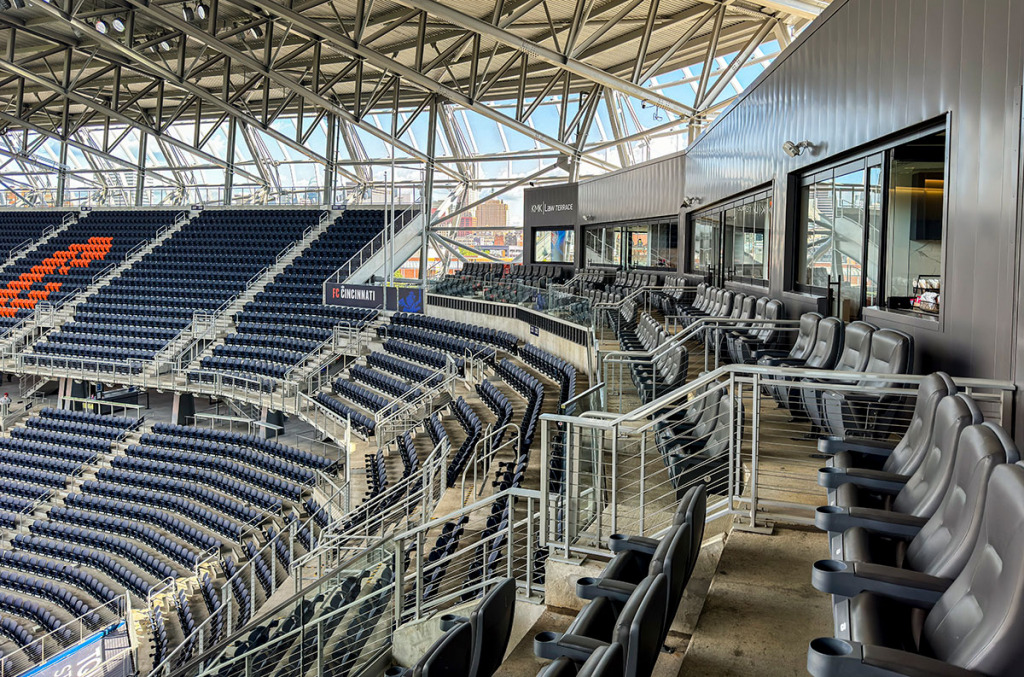
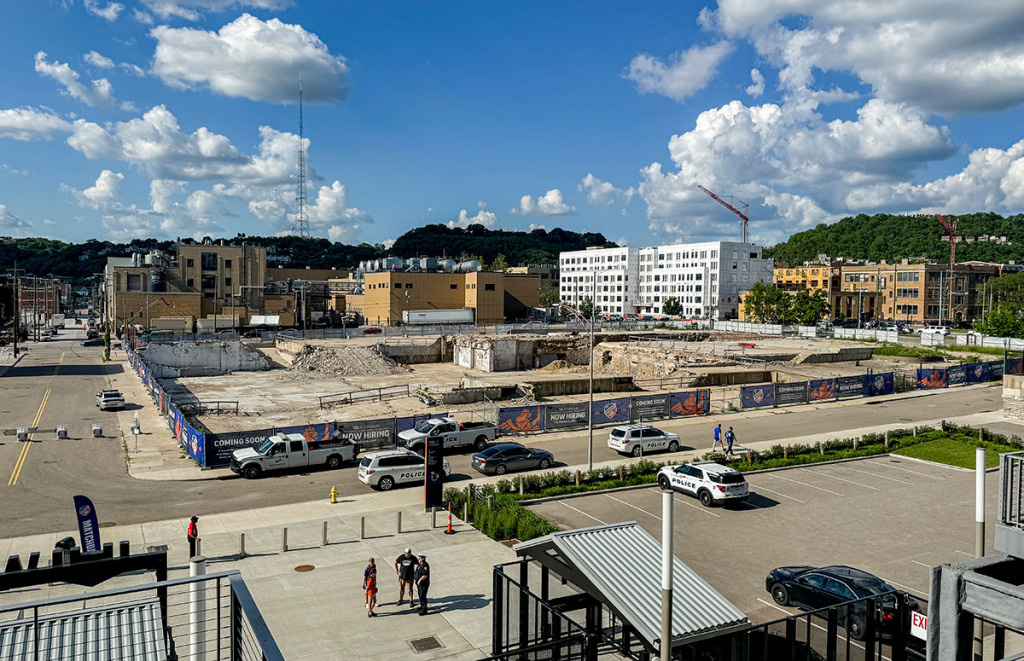
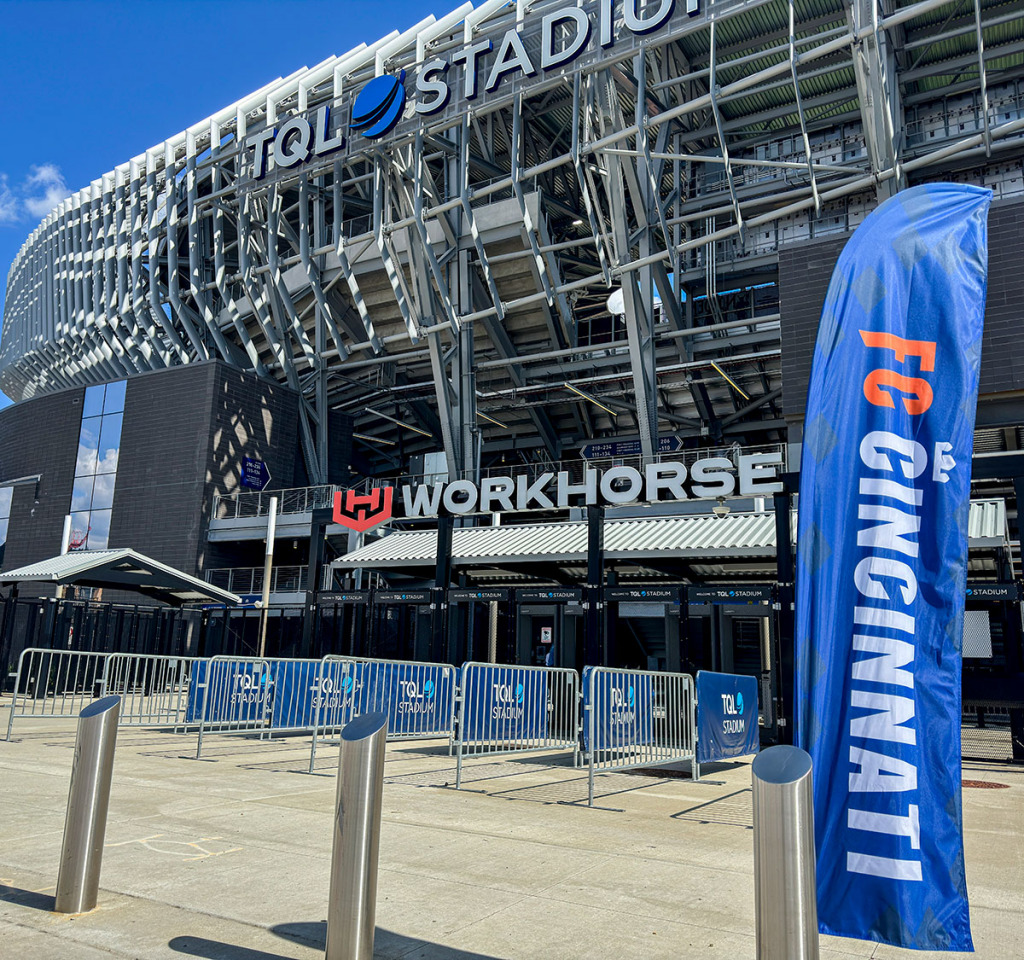


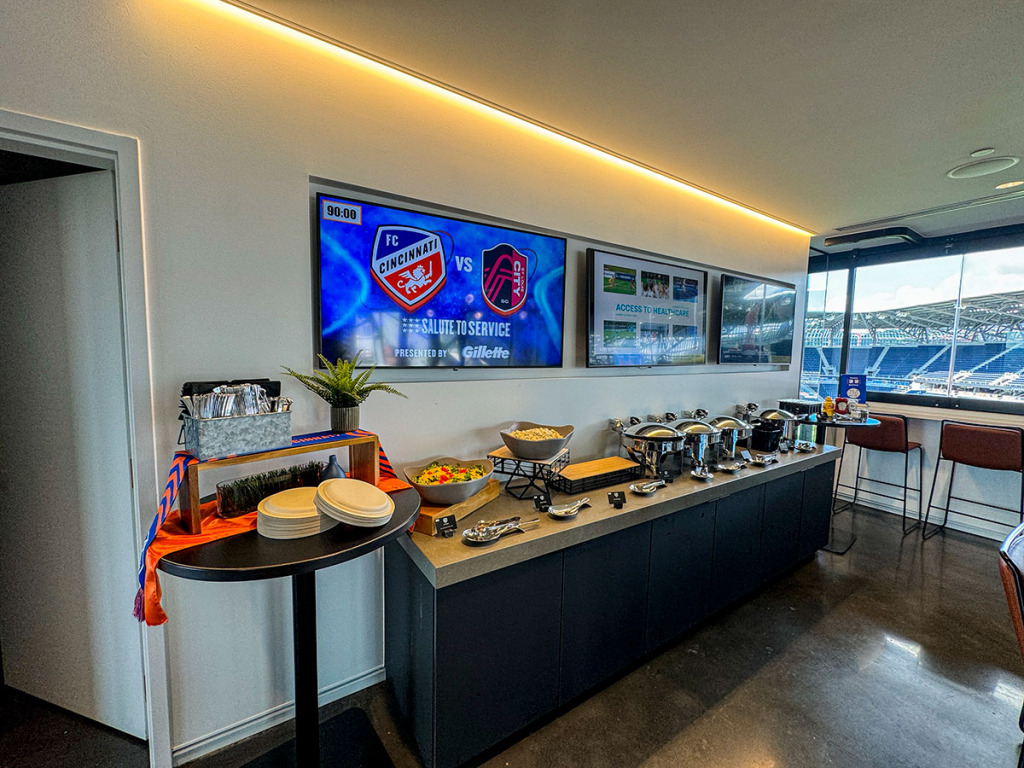
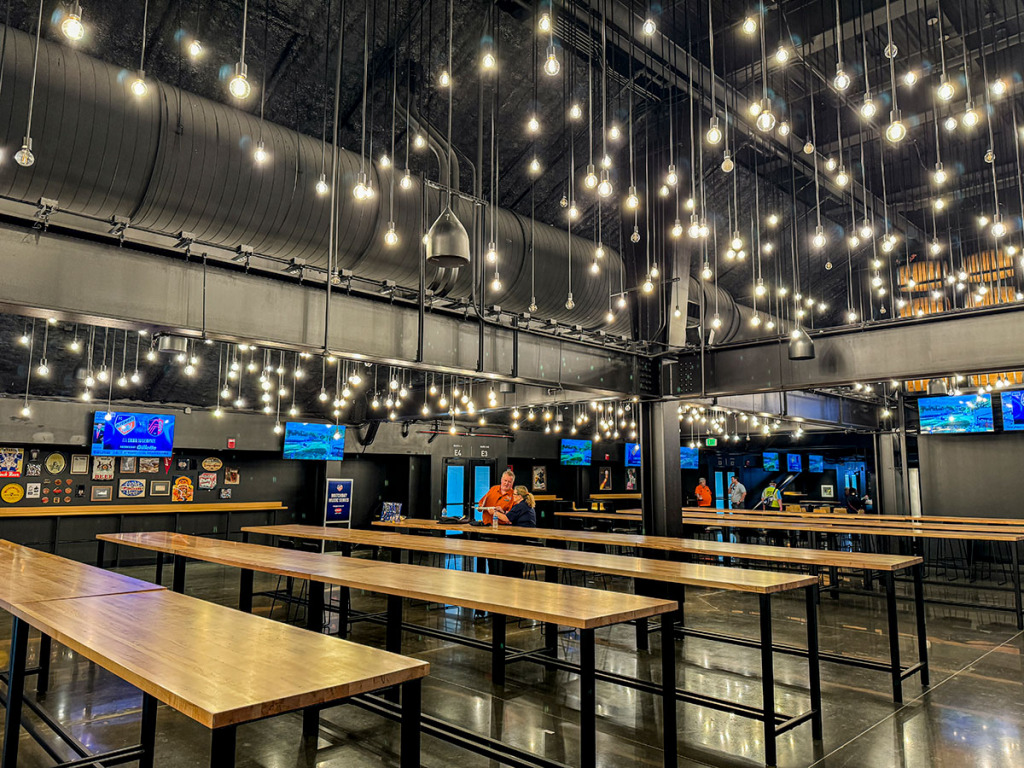
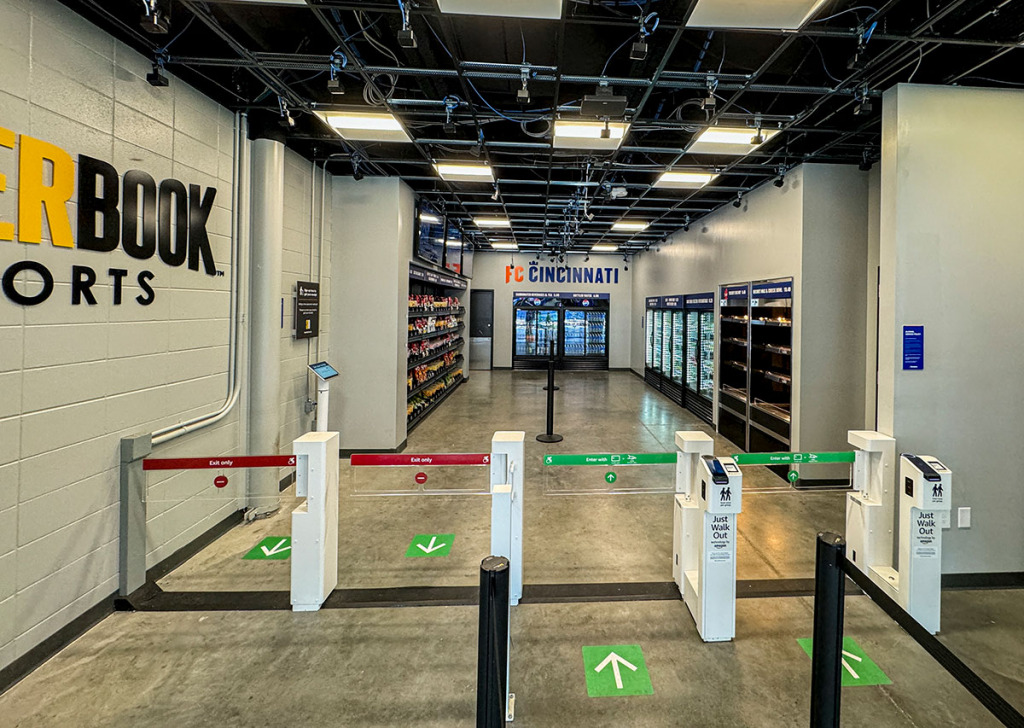


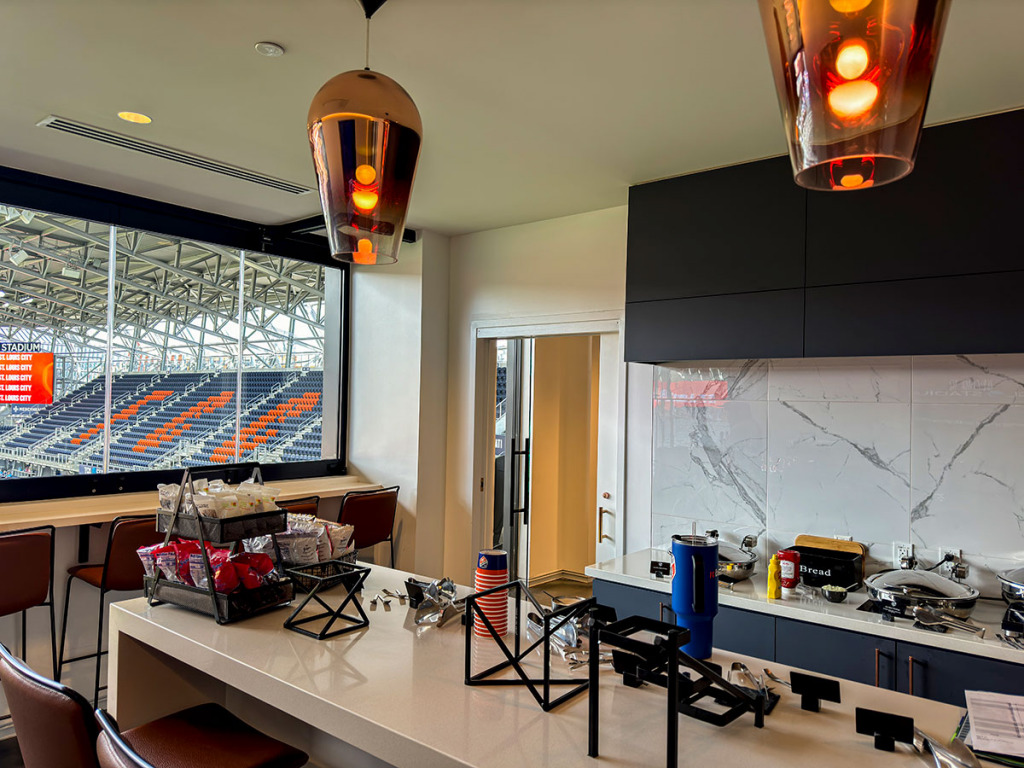
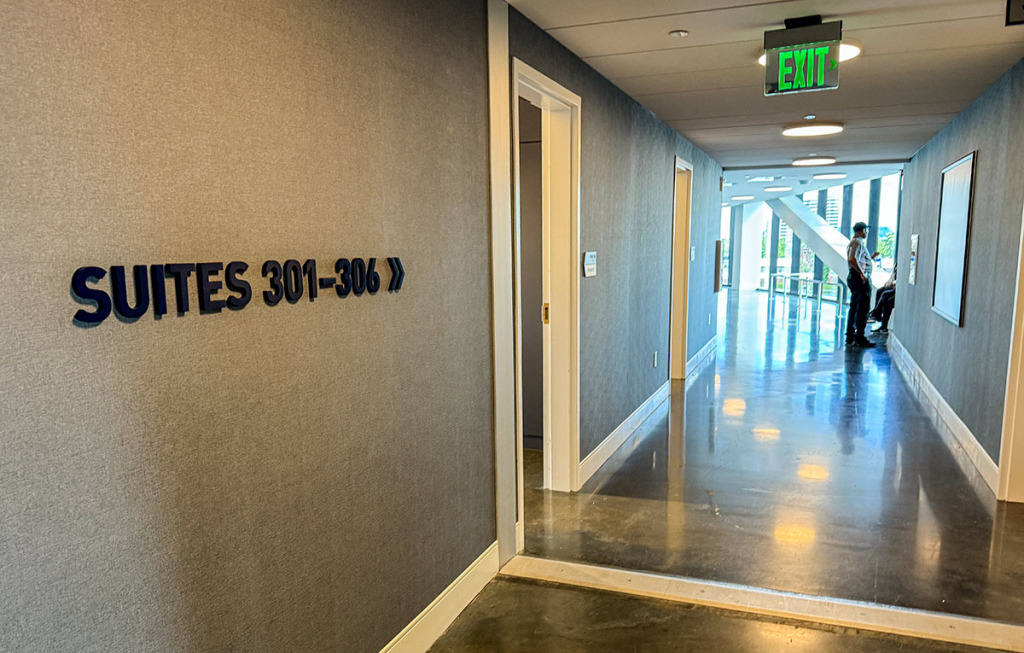


“Mallon said he doesn’t expect the city to fast-track its efforts on the MLS-focused stadium if the tax district is approved. He said it takes at least three years to design, build and open a stadium but that this particular project would likely take longer because the city would need time to thoughtfully design a stadium with the ownership group.”
I don’t understand this. So has the entire purpose of Tom Glick and the Mayor’s scheme been to just kill Eleven Park? Or maybe they want to steal it out from under Ozdemir and take credit for it, which is even shadier. They did just offer to buy it out from under him….something’s fishy here.
By their own admission, the Mayor and the CIB have no urgency to see this through. They really don’t care about soccer at all. Will Hogsett still be in office if this plan ever sees the light of day? What will be accomplished, other than destroying Eleven Park and maligning a local businessman?
Whatever lame ownership group the Mayor and Glick cobble together, they will have a stench on their hands. This is getting uglier by the minute.
Indy has completely fallen behind its peers like Nashville, Austin, Columbus and Kansas City MO. Indy has dropped to tiers like Louisville, Salt Lake City and OKC. We had momentum and major projects like the new Methodist hospital, Pan Am plaza, The old city hall development, NBA ALL STAR ect and now this mess
Disaster.
Meanwhile, Lilly doubles down just across the county line.
Well, I can hear it now. Hogsett’s 2027 mayoral campaign speech: “Four years ago I said that this would be my last term as your mayor, but we have unfinished business, including starting to design and build a new soccer stadium so that we can entice the Indy Eleven to move back to Indy from Fort Wayne. So, let’s roll up our sleeves and get to work. This will be my very, very, very last term as your mayor. Won’t you all join me in a dance.”
Let’s move Indy 11 to Grand Park in Westfield. We love soccer, we love Indy 11, and you won’t have to deal with the backstabbing, dirt licking, yellow bellied Hogsett.
I have to wonder about the half acre parking lot (not substation) at 355 E Pearl Street owned by IPL/AES. I suspect that at one time there was a substation on the lot, but looking at a satellite view of the lot, it’s just parking now. I often see AES/IPL hold on to and never sell lots that formerly housed substations.
As a former power company employee, I suspect this is a strategy to avoid the cost of environmental remediation. Years in the past, when transformers sat at these sites, they had oil in them. The oil in the transformers used to contain a stabilizing agent that contained PCBs. Occasionally these transformers needed maintenance and this was accomplished by draining the replacing the oil. Before stricter regulations, the contaminated oil drained out of these transformers was just dumped/sprayed on the site to kill weeds. I suspect that a little environmental testing will reveal major environmental contamination at this and many other former IPL/AES substation sites.
PCB contamination may be worse than finding hundreds of bodies. Good luck with this site!
file://ts1400df62/share/A%20Projects/INNOVATION%20DISTRICT/LIFT%20and%20TIF/Streetscape%20%20SECT%20108/History/Camp%20Morton%20-%20Civil%20War%20Camp%20and%20Union%20Prison%20-%20Indianapolis,%20IN%20-%201861-1865.html
great reading from the Civil War reports. Buried the dead at the Diamond Chain site on Kentucky Ave.